Kumrat Valley is rapidly gaining fame as Pakistan’s most breathtaking natural escape. Tucked away in the Upper Dir District of Khyber Pakhtunkhwa (KPK), this valley offers dense deodar forests, crystal-clear glacial streams, and high-altitude alpine meadows that truly feel like another world. It is a destination defined by its raw, untouched beauty and the challenging, rewarding journey required to reach its heart.
If you dream of camping beneath a billion stars, listening to the roar of a glacier-fed river, and hiking to high-altitude lakes, a Kumrat Valley tour is your next great adventure.
⛰️The Heart of Kumrat: Major Attractions & Detailed Treks
The most incredible sights in Kumrat require effort, but the journey to each spot is part of the experience.
1. The Panjkora River: The Lifeline of Kumrat
The Panjkora River is the soul of Kumrat Valley. Its cold, turquoise waters flow strongly through the valley floor, creating ideal settings for riverside camping and photography. The river is heavily fed by snowmelt from the Hindu Kush mountains.
- Activity: Riverside camping, trout fishing (requires a permit), and picnicking.
- Location Detail: The river often expands into wide beds, offering safe spots to enjoy the water, but always respect the fast current.
2. Kumrat Forest: The Enchanted Woods
The entire valley floor is draped in thick deodar (cedar) forest, giving Kumrat a magical, secluded atmosphere. The scent of pine and cedar is constant here.
- Activity: Forest bathing and hiking. The trail near Thal and the area near the waterfall are particularly dense and picturesque.
3. Jahaz Banda Meadows: The Mountain Plateau
Jahaz Banda is one of the essential stops on any Kumrat Valley trip. This vast, lush green meadow sits at an altitude of approximately 10,000 feet (3,100 meters), offering panoramic views of the surrounding snow-capped peaks.
- The Trek: The Jahaz Banda trek starts near Thal or Darwaza village. It is a moderate but sustained hike lasting around 4 to 6 hours. Most tourists camp overnight at Jahaz Banda to tackle the Katora Lake trek the next morning.
4. Katora Lake: The Final Reward
The jewel of the region, Katora Lake, is a high-altitude glacial lake (around 13,000 feet / 4,000 meters) famous for its circular, bowl-like shape (hence the name Katora). It sits cradled by snow-covered mountain ridges and boasts stunning emerald water.
- The Trek: The Katora Lake trek is an advanced and challenging 2 to 3-hour climb from Jahaz Banda. The path is rocky and uneven, making a local guide and sturdy footwear mandatory. The lake is often partially frozen even in the peak summer months.
5. Kala Chashma & Do Janga
- Kala Chashma (Black Spring): A popular stop known for its pure, cold water. The stream runs between dark, thick forests, giving it its name.
- Do Janga: This marks the last accessible point of the main Kumrat valley where a jeep can safely travel. It is a remote and beautiful junction where two streams merge.
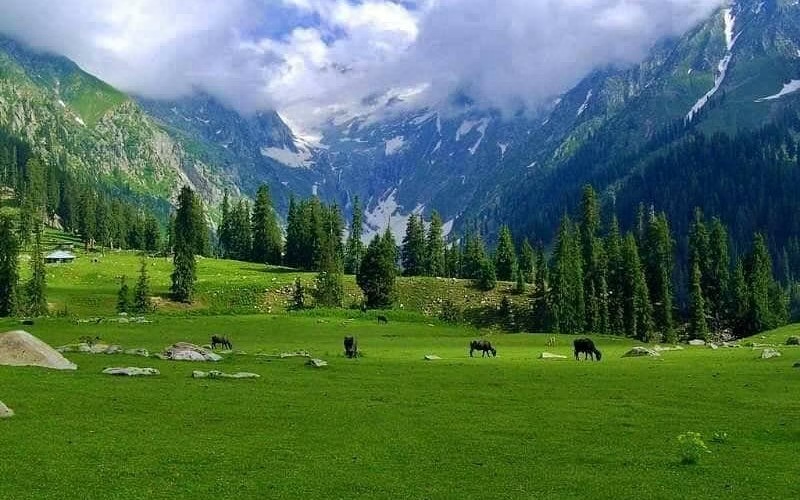
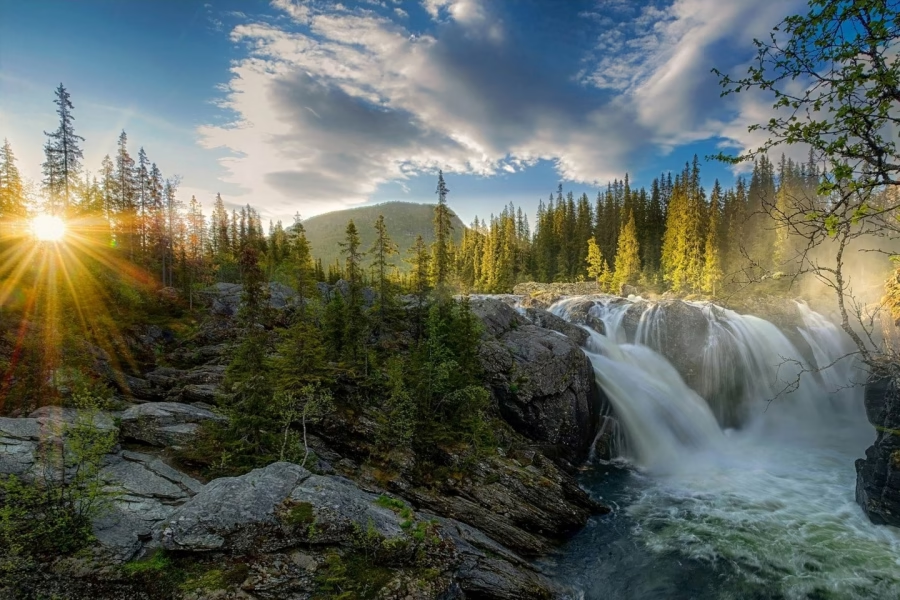
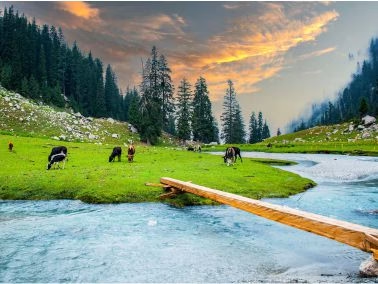
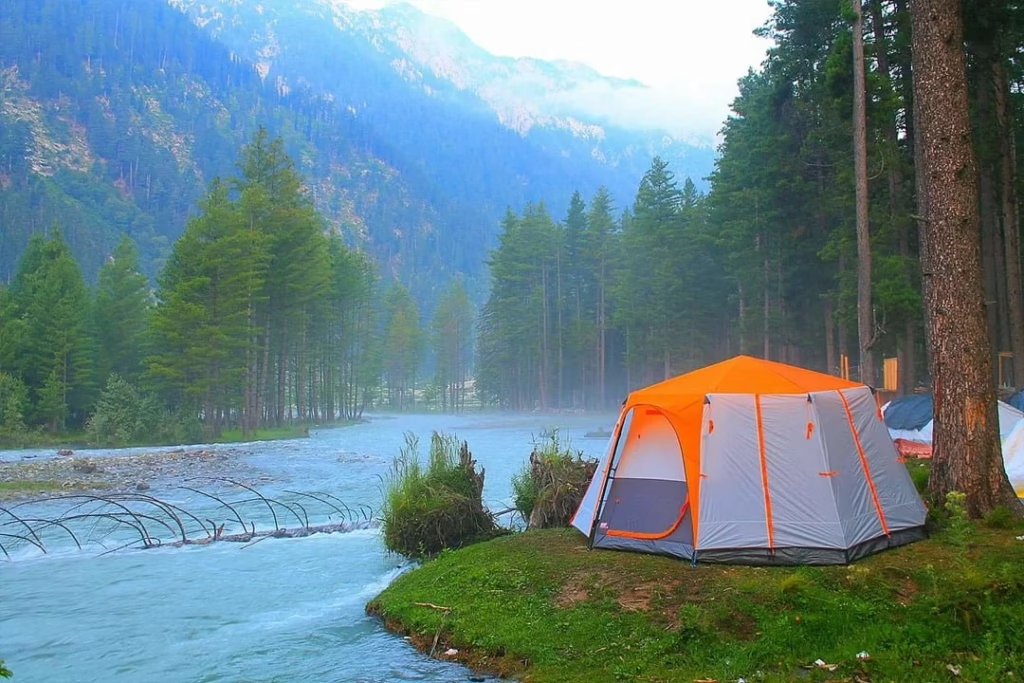
📅Planning Your Kumrat Journey (Practical Details)
| Category | Detailed Information |
| Best Time to Visit | May to September offers the best weather (15°C to 25°C). Avoid the heavy snowfall from December to March, when the valley is often closed. |
| Accessibility | 4×4 vehicles (Jeeps) are essential for traveling beyond the main town of Thal and into the core valley. You can easily hire a jeep and local driver in Thal. |
| Accommodation | The majority of lodging consists of organized camping sites and basic wooden camping pods located near the Panjkora River. Traditional hotels are limited. |
| Routes | From Islamabad: Use the N-45 route towards Dir, turning off onto the Kumrat Road past Sheringal. From Swat/Kalam: Take the challenging Badogai Pass route (only advisable in mid-summer). |
| Safety | Kumrat Valley is generally considered very safe for tourism. However, always hire a local guide for treks to Jahaz Banda and Katora Lake for safety and navigation. |
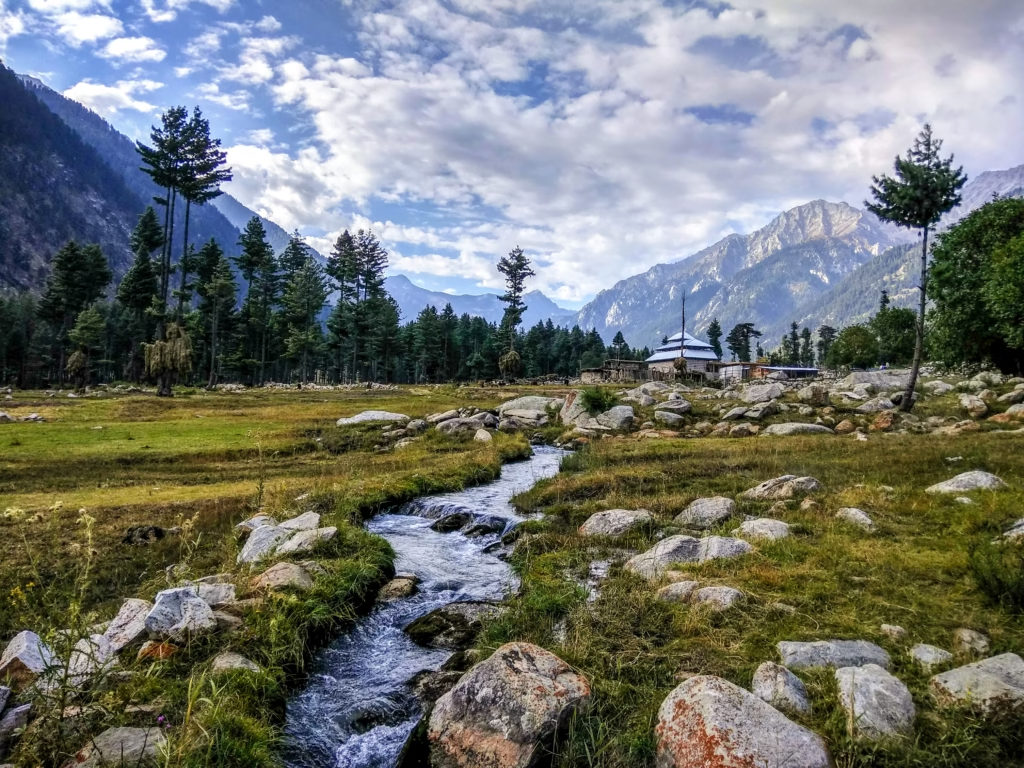
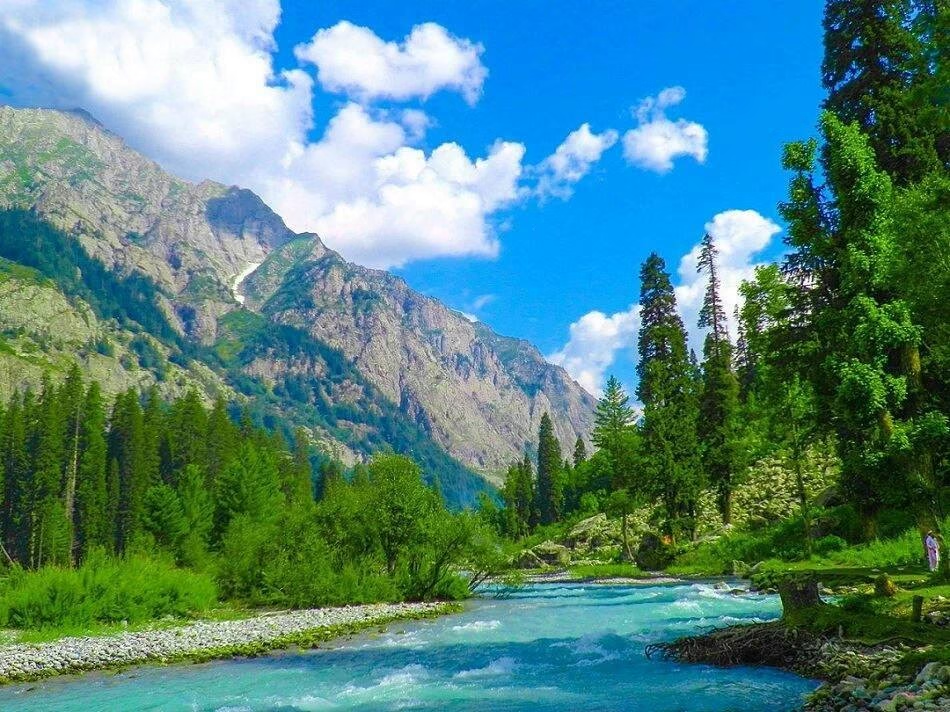
✅Conclusion: Why Kumrat Deserves Your Visit
Kumrat Valley is more than just beautiful scenery; it is a profound experience of Pakistan’s raw, untouched natural heritage. It appeals to the adventurer seeking authentic travel, the hiker craving a challenge, and the nature lover looking for peace.
By taking the time to explore the dense forests, trek the Jahaz Banda meadows, and stand beside the stunning Katora Lake, you are not just taking a trip—you are immersing yourself in the majestic wilderness of the Hindu Kush. While still relatively undeveloped, Kumrat offers a unique chance to see nature on an epic, unspoiled scale, making it a must-visit destination for any serious traveler in 2025.